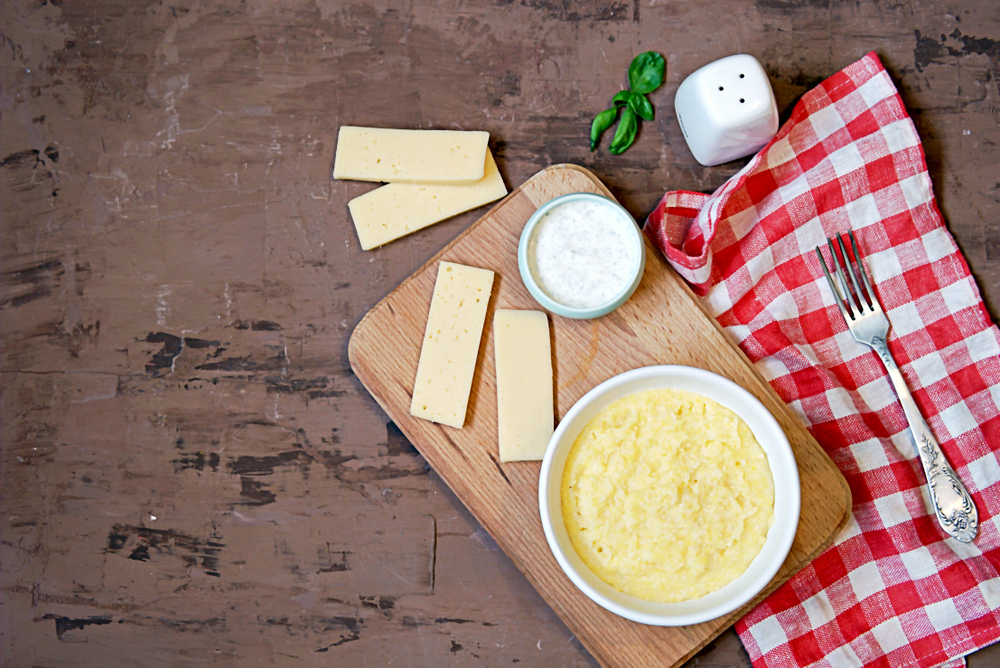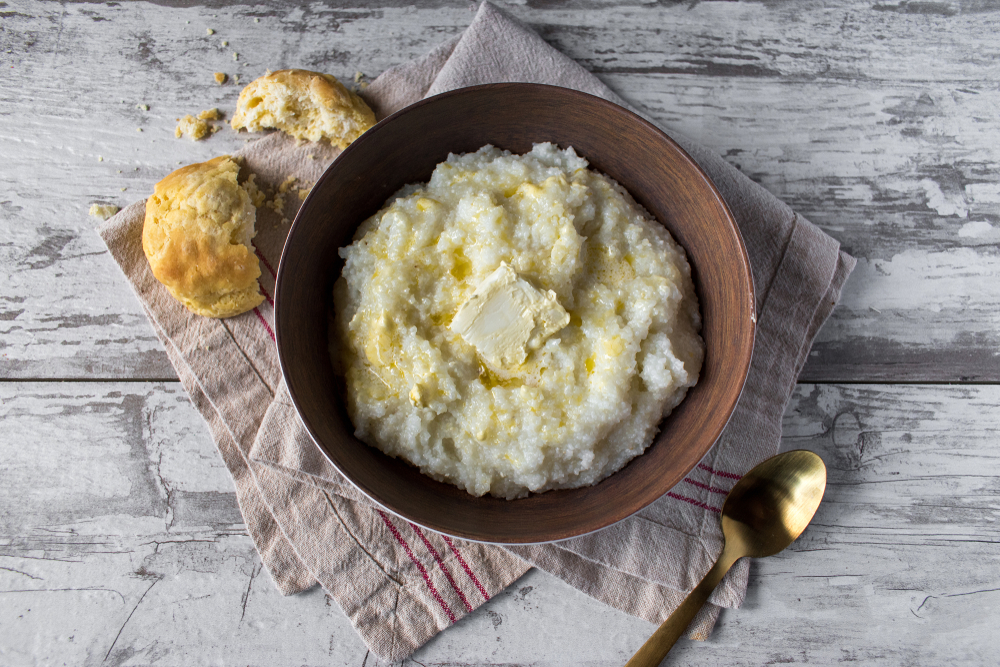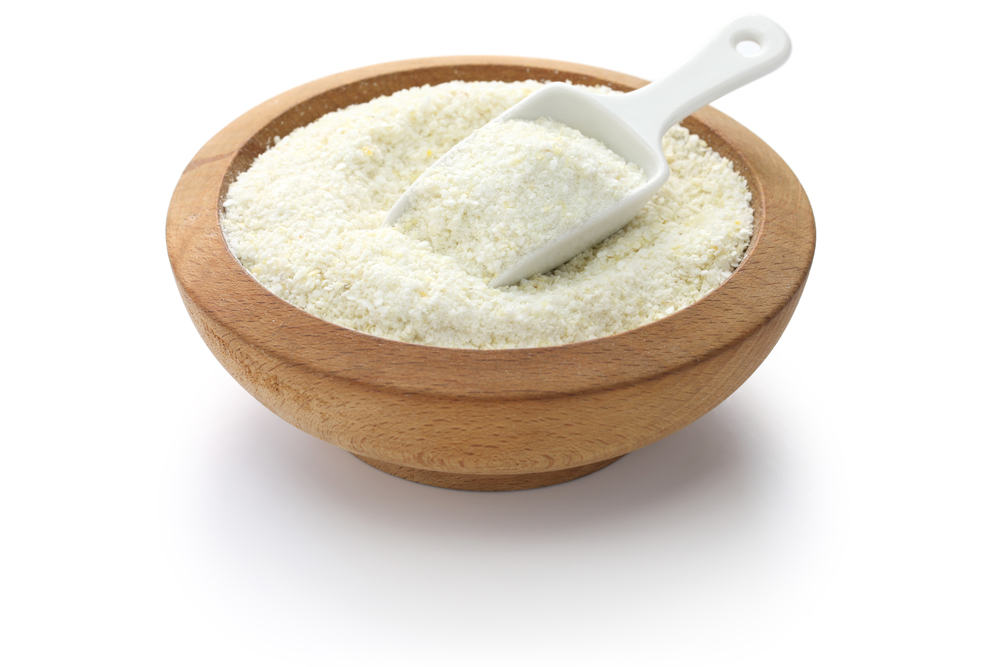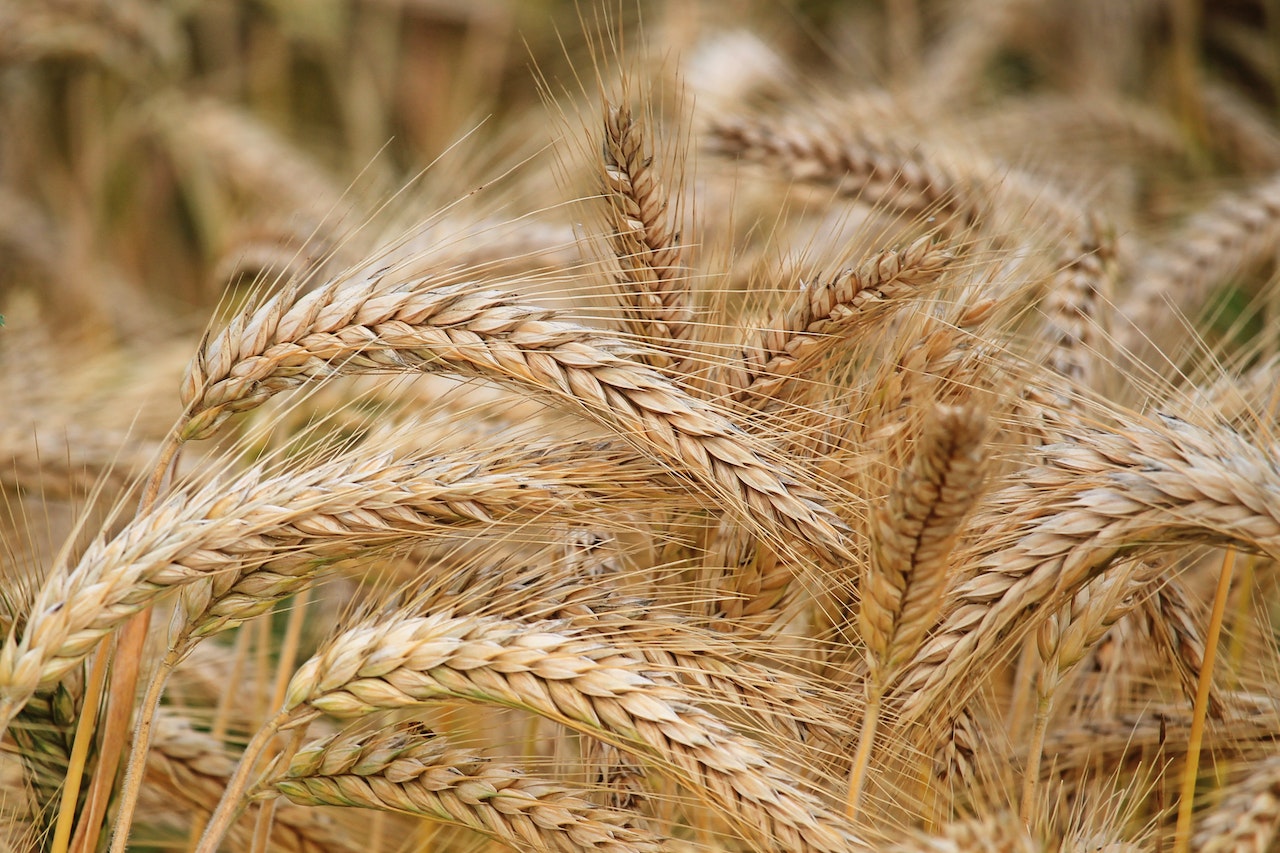I love grits. They are a delicious comfort food that reminds me of home. However, reheating grits can be a challenge.
Sometimes they come out dry and lumpy, while other times they are too watery. In this article, I will share my tips on how to reheat grits in the microwave to get them just right.
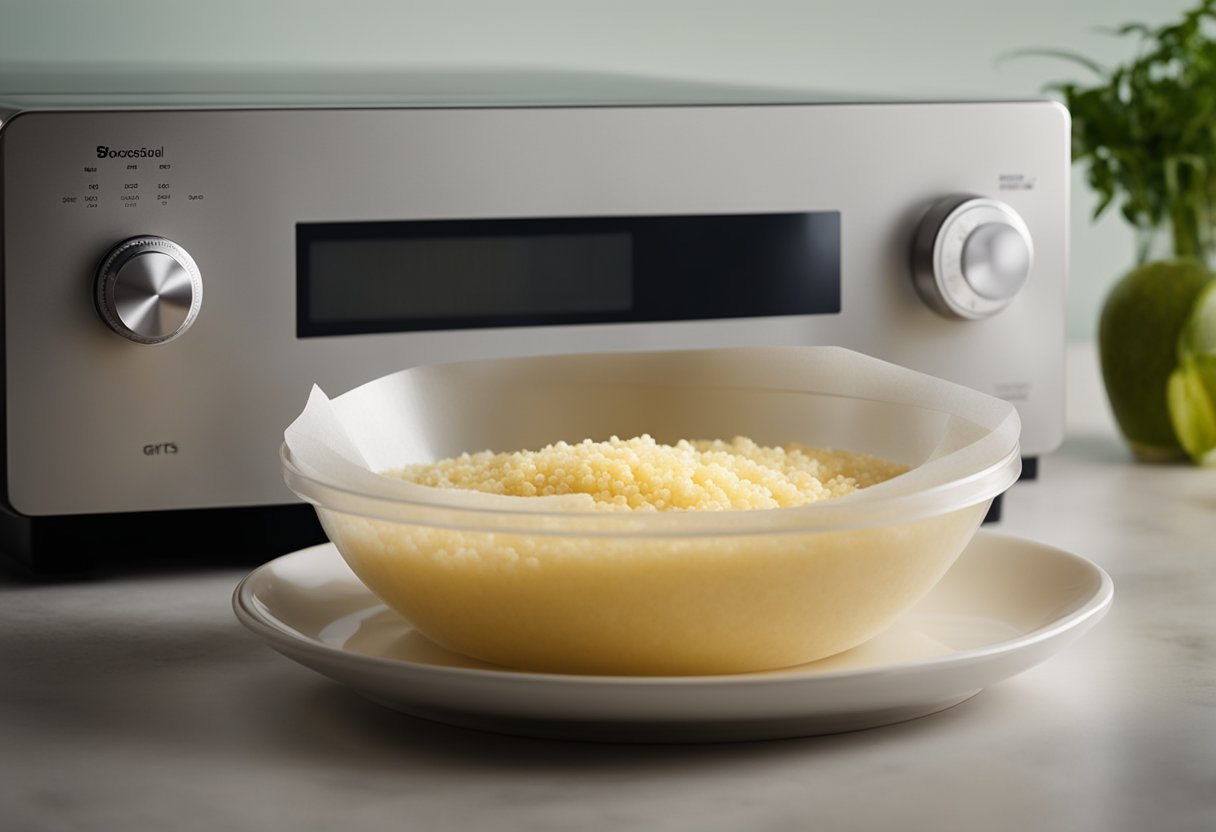
To prepare grits for reheating, it is important to add a little liquid to them. This will help to loosen the texture and prevent them from becoming dry.
You can use water, milk, or broth depending on your preference. Be sure to stir the grits well before reheating to distribute the liquid evenly.
Microwave reheating is a quick and easy way to reheat grits. However, it is important to reheat them gradually to prevent them from becoming overcooked.
Start with one minute on high heat, then stir and continue to microwave in 30-second intervals until they are heated through. If you prefer a creamier texture, you can add a little more liquid and microwave for an additional 30 seconds.
Key Takeaways
- Adding liquid to grits before reheating helps prevent them from becoming dry.
- Reheat grits gradually in the microwave, stirring in between intervals.
- For a creamier texture, add a little more liquid and microwave for an additional 30 seconds.
Preparing Grits for Reheating
When it comes to reheating grits in the microwave, there are a few things you need to keep in mind to ensure that your grits come out perfectly.
One of the most important steps is preparing your grits for reheating. In this section, I will discuss how to store cooked grits and select containers for reheating.
Storing Cooked Grits
If you have leftover grits that you want to reheat, it’s important to store them properly to ensure that they stay fresh and safe to eat.
The best way to store cooked grits is to transfer them to an airtight container and store them in the fridge. This will help prevent bacteria from growing and keep your grits fresh for up to 3-4 days.
When storing grits, it’s important to make sure that the container you use is airtight. This will help prevent air from getting in and keep your grits fresh for longer. You can also cover the container with plastic wrap to create an extra layer of protection.
If you want to store your grits for longer than 3-4 days, you can also freeze them. To do this, transfer your grits to a freezer-safe container and store them in the freezer for up to 2-3 months.
Selecting Containers for Reheating
When it comes to reheating grits in the microwave, the container you use is just as important as how you store them. The best containers for reheating grits in the microwave are microwave-safe bowls with lids or microwave-safe plastic wrap.
If you’re using a bowl with a lid, make sure that the lid is not completely sealed. This will allow steam to escape and prevent your grits from exploding in the microwave. If you’re using plastic wrap, make sure to leave a small vent in the wrap to allow steam to escape.
In summary, properly storing and selecting containers for reheating your grits is an important step to ensure that your grits come out perfectly. By following these tips, you can enjoy delicious and perfectly reheated grits every time.
Microwave Reheating Technique
When it comes to reheating grits in the microwave, there are a few things to keep in mind to ensure that the texture and consistency of your grits are not compromised.
Here are some tips for reheating grits in the microwave:
Adding Liquids for Moisture
To ensure that your grits do not dry out during the reheating process, it is important to add some liquid before microwaving. You can use milk, water, or any other liquid that you prefer.
The amount of liquid you add will depend on the amount of grits you are reheating and your personal preference. A good rule of thumb is to add about a tablespoon of liquid for every cup of grits.
Covering for Even Heating
Covering your grits while reheating them in the microwave is important to ensure that they heat evenly. You can use a microwave-safe lid or microwave-safe plastic wrap to cover your grits.
This will also help to seal in moisture and prevent splattering during the reheating process.
Stirring for Consistency
Stirring your grits during the reheating process is important to ensure that they have a consistent texture and consistency.
You can stir your grits every 30 seconds to a minute, depending on your microwave’s power. This will help to distribute the heat evenly and prevent any lumps from forming.
Overall, reheating grits in the microwave is a quick and easy way to enjoy leftover grits. By following these tips, you can ensure that your grits are reheated to perfection every time.
Alternative Reheating Methods
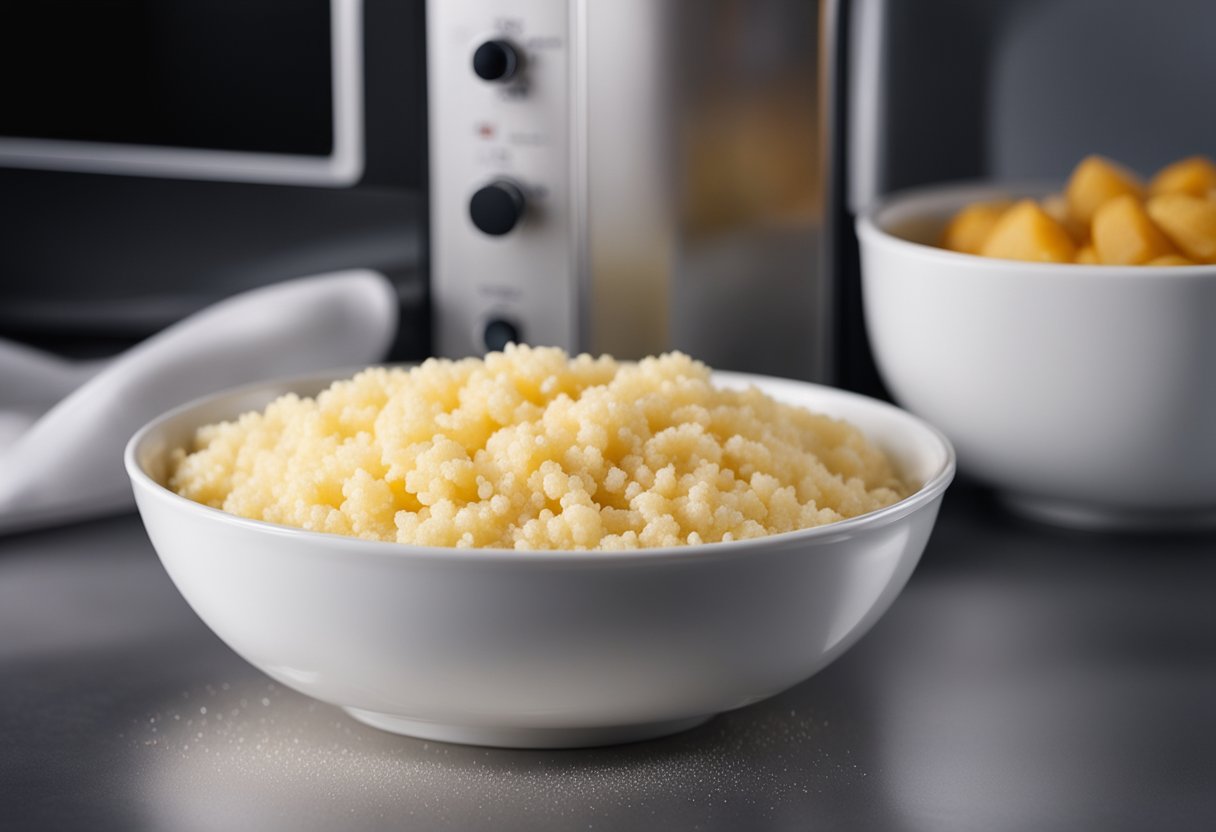
If you don’t have access to a microwave or prefer to use alternative reheating methods, there are two other popular options: stovetop reheating and oven reheating.
Stovetop Reheating
Stovetop reheating is a great option if you want to have more control over the heat and texture of your grits. To reheat grits on the stovetop, you will need a saucepan or non-stick saucepan.
Here’s how to reheat grits on the stovetop:
- Pour the grits into the saucepan.
- Add a small amount of liquid to the dish. You can use water, fresh milk, or broth to loosen up the thick, cold texture.
- Place the saucepan on the stovetop and turn the heat to low.
- Stir the grits occasionally to prevent them from sticking to the bottom of the pan.
- Add more liquid if necessary to achieve the desired consistency.
- Once the grits are heated through, remove the saucepan from the heat and serve.
Oven Reheating
Oven reheating is a great option if you want to reheat a large batch of grits at once. To reheat grits in the oven, you will need an oven-safe dish.
Here’s how to reheat grits in the oven:
- Preheat the oven to 180 degrees Fahrenheit.
- Spoon the grits into an oven-safe casserole dish.
- Add liquid to the dish, cover it with a lid or aluminum foil.
- Place the dish in the oven and allow the grits to warm up for about 8-10 minutes.
- Stir the grits occasionally to prevent them from drying out.
- Add more liquid if necessary to achieve the desired consistency.
- Once the grits are heated through, remove the dish from the oven and serve.
Both stovetop reheating and oven reheating are great alternatives to reheating grits in the microwave. They allow you to have more control over the heat and texture of your grits, and they are great options if you need to reheat a large batch of grits at once.
Enhancing Reheated Grits
When it comes to reheating grits, you might think that they won’t taste as good as they did the first time around. However, with a few simple additions, you can take your reheated grits to the next level.
Incorporating Additional Ingredients
One way to enhance your reheated grits is to add additional ingredients. Cheese is a popular choice, as it adds a creamy and savory flavor to the dish. Simply sprinkle some shredded cheese on top of the grits before reheating, or mix it in after they are heated.
Butter is another great addition to grits, as it adds richness and a smooth texture. You can either mix in a pat of butter before reheating, or add it on top of the hot grits after they are heated.
If you’re looking to add some extra flavor to your grits, consider adding some additional ingredients like bacon, sausage, or even vegetables like onions and peppers. Simply cook the additional ingredients separately, then mix them in with the reheated grits.
Serving Suggestions and Pairings
Grits are a versatile side dish that can be paired with a variety of foods. They are a classic Southern dish that is often served as a breakfast food, but they can also be served as a side dish for lunch or dinner.
If you’re serving grits for breakfast, consider pairing them with eggs and bacon for a classic Southern breakfast. For lunch or dinner, grits can be served alongside grilled meats or roasted vegetables.
To add some extra creaminess to your grits, consider serving them with a dollop of sour cream or a drizzle of heavy cream. This will give your grits a rich and luxurious texture that is sure to impress.
Overall, with a little creativity and some additional ingredients, you can take your reheated grits from bland to delicious in no time.
Food Safety and Storage Tips
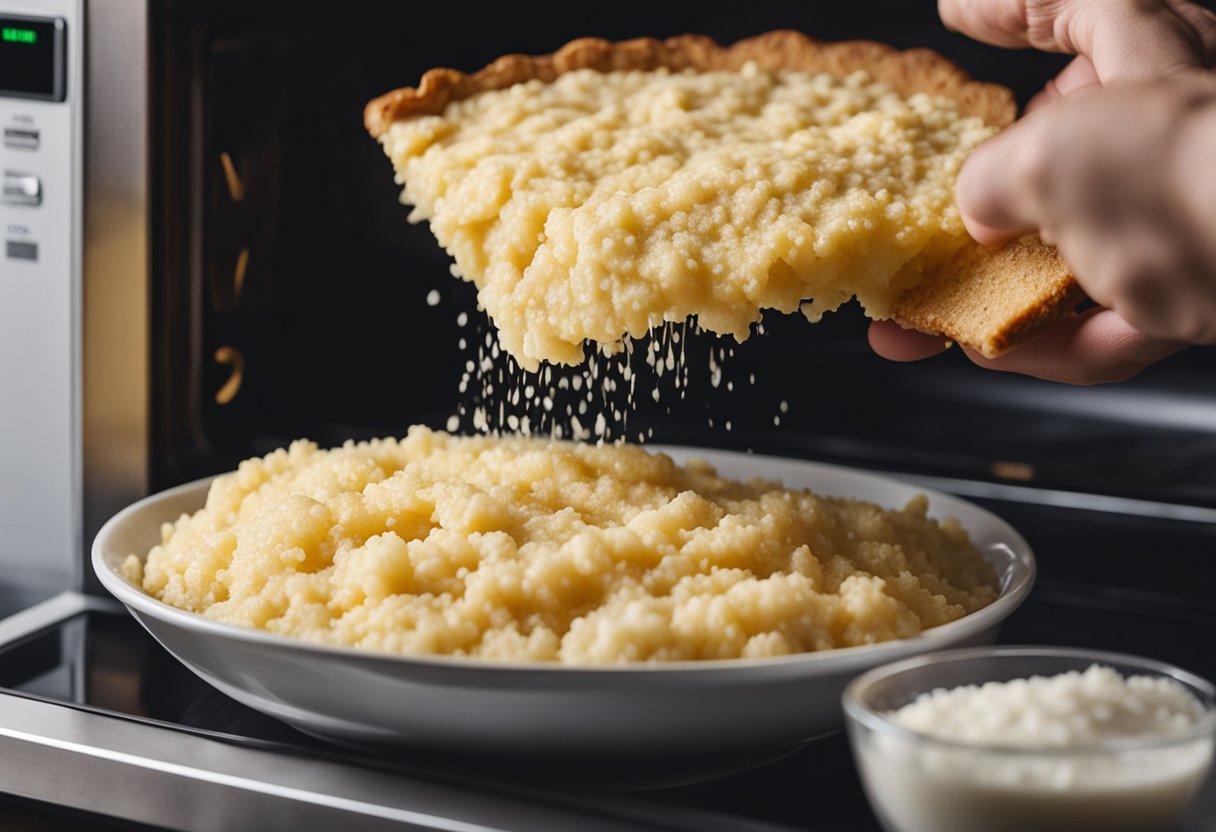
When it comes to reheating grits, it’s important to keep food safety in mind. Here are some tips on how to store and handle grits properly to ensure they remain safe to eat.
Storing Grits
If you have leftover grits, it’s important to store them properly to prevent bacterial growth. Place the leftover grits in an airtight container and store them in the refrigerator. Cooked grits can be refrigerated for up to four days.
Shelf Life
Grits have a relatively long shelf life, but it’s important to check the expiration date on the package before cooking. Uncooked grits can last for up to a year if stored in a cool, dry place.
Refrigerator
If you’re not planning on eating your grits right away, it’s best to refrigerate them as soon as possible. This will help prevent bacterial growth and keep your grits fresh for longer.
Freeze Cooked Grits
If you have a large batch of cooked grits and know you won’t be able to eat them all within four days, you can freeze them for later use. Place the grits in an airtight container or resealable bag and freeze for up to three months.
Leftovers
When reheating leftover grits, it’s important to make sure they are heated to an internal temperature of at least 165°F to kill any bacteria that may have grown. Use a food thermometer to check the temperature before eating.
Using Leftover Grits
Leftover grits can be used in a variety of ways, such as in casseroles, as a base for breakfast bowls, or as a side dish for dinner. Be creative and experiment with different recipes to make the most of your leftover grits.
Frequently Asked Questions
What is the best method to reheat cheese grits casserole in the microwave?
When reheating cheese grits casserole in the microwave, it is important to use a low power setting to prevent the cheese from getting too hot and becoming rubbery. Start by adding a splash of milk or water to the casserole to help keep it moist.
Cover the dish with a microwave-safe lid or plastic wrap, leaving a small vent for steam to escape. Heat the casserole on medium power for 1-2 minutes at a time, stirring occasionally, until it is heated through.
How can you reheat grits to maintain their creaminess?
To reheat grits while maintaining their creaminess, add a splash of milk or water to the grits and stir well. Cover the bowl loosely with a microwave-safe lid or plastic wrap, leaving a small vent for steam to escape.
Heat the grits on medium power for 30 seconds at a time, stirring after each interval until they are heated through. Be careful not to overcook the grits, as they can become dry and lumpy.
Is it safe to refrigerate and later reheat cooked grits?
Yes, it is safe to refrigerate and later reheat cooked grits as long as they are stored properly. Allow the grits to cool to room temperature before transferring them to an airtight container and placing them in the refrigerator.
Cooked grits will keep in the refrigerator for up to three days. To reheat the grits, follow the instructions above.
What are the steps to properly store cooked grits for later use?
To properly store cooked grits for later use, allow them to cool to room temperature before transferring them to an airtight container.
Store the container in the refrigerator for up to three days or in the freezer for up to one month. When reheating frozen grits, allow them to thaw overnight in the refrigerator before reheating them.
How can leftover grits be restored to their original consistency?
To restore leftover grits to their original consistency, add a splash of milk or water to the grits and stir well. Heat the grits on medium power in the microwave for 30 seconds at a time, stirring after each interval, until they are heated through and creamy.
What techniques are recommended for keeping grits warm and creamy after cooking?
To keep grits warm and creamy after cooking, transfer them to a heatproof serving dish and cover with a lid or foil. Place the dish in a warm oven or on a warming tray until ready to serve.
Alternatively, keep the grits warm on the stovetop over low heat, stirring occasionally and adding a splash of milk or water as needed to keep them from drying out.




